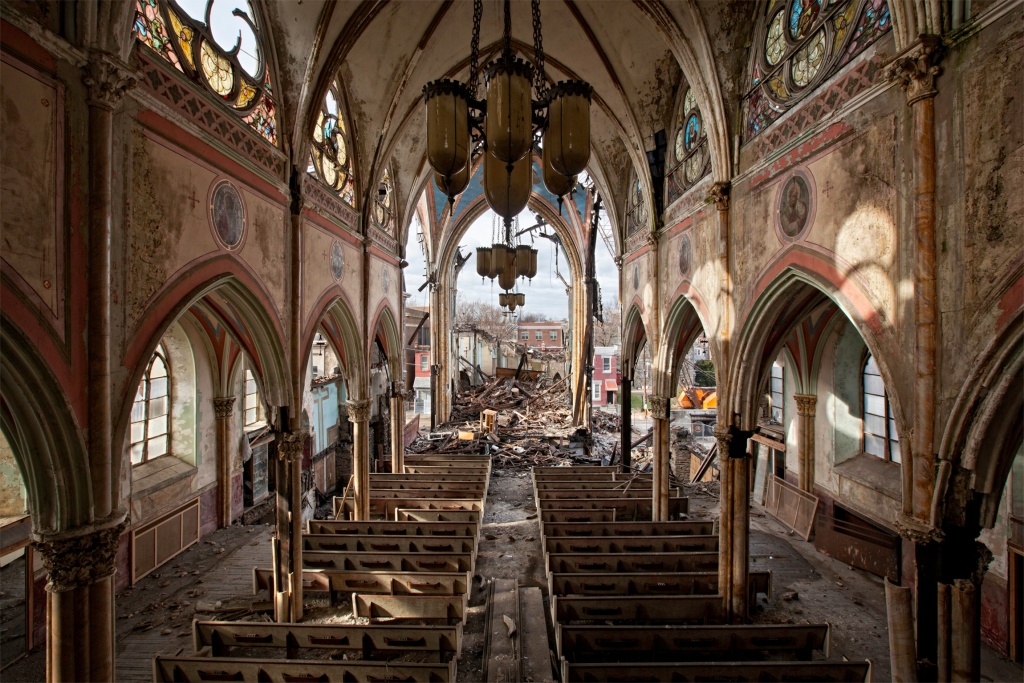Factories vs. Churches: Exploring the Dichotomy of Urban Spaces
In the urban landscape, two contrasting structures often catch our attention – factories and churches. These buildings stand as symbols of different aspects of society, representing both economic progress and spiritual solace. As we delve into their significance, we discover the intriguing dichotomy between these two types of urban spaces.
Factories have long been synonymous with industrialization and technological advancements. They are emblematic of a thriving economy, providing employment opportunities to countless individuals while promoting economic growth in cities. With their towering chimneys and intricate machinery, factories represent human achievements in engineering and production.
These mammoth structures not only shape the physical landscape but also leave an indelible mark on communities by shaping social dynamics. Factory workers often form close-knit communities around these establishments, creating a sense of camaraderie that transcends mere work relationships.
However, amidst this hustle and bustle lies another type of structure – churches – which offer respite from the fast-paced world outside. Churches are sacred spaces where people seek comfort, guidance, and an escape from the stresses of everyday life.
With their soaring spires reaching towards the heavens, churches stand as architectural marvels that inspire awe and contemplation. They serve as places for worship, allowing individuals to connect with something greater than themselves through prayer or religious ceremonies.
Beyond their spiritual importance, churches play a vital role in fostering community spirit within neighborhoods. Church congregations often act as support systems for their members during times of joy or sorrow. From organizing charity events to offering counseling services or hosting cultural activities, churches create vibrant hubs where people come together to strengthen bonds and foster goodwill among residents.
Despite being disparate in purpose and function at first glance, factories and churches share some commonalities when it comes to shaping urban spaces:
1) Architectural Significance: Both factories and churches contribute significantly to a city’s architectural identity. The grandeur of their designs adds character to the urban landscape, reflecting the values and aspirations of a community.
2) Economic Impact: While factories drive economic growth by providing employment opportunities and contributing to local economies, churches also have an indirect economic impact. They attract visitors who may contribute financially through donations or tourist spending in nearby businesses.
3) Social Fabric: Both factories and churches bring people together, either as workers or congregation members. These spaces act as catalysts for social interactions, fostering a sense of belonging and strengthening community ties.
As urban explorers, we are fortunate to witness this intriguing dichotomy between factories and churches in our cities. Whether it’s marveling at the striking industrial architecture or finding solace within the serene walls of a church, these structures serve as reminders of humanity’s multifaceted nature – our pursuit of progress intertwined with our innate need for spirituality.
So next time you wander through your city streets, take a moment to appreciate both the towering factories that power innovation and the tranquil churches that provide sanctuary – two sides of the same coin that define urban life.

Leave a comment